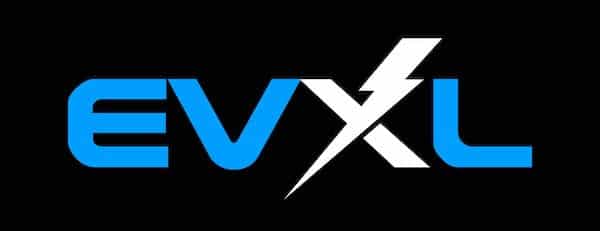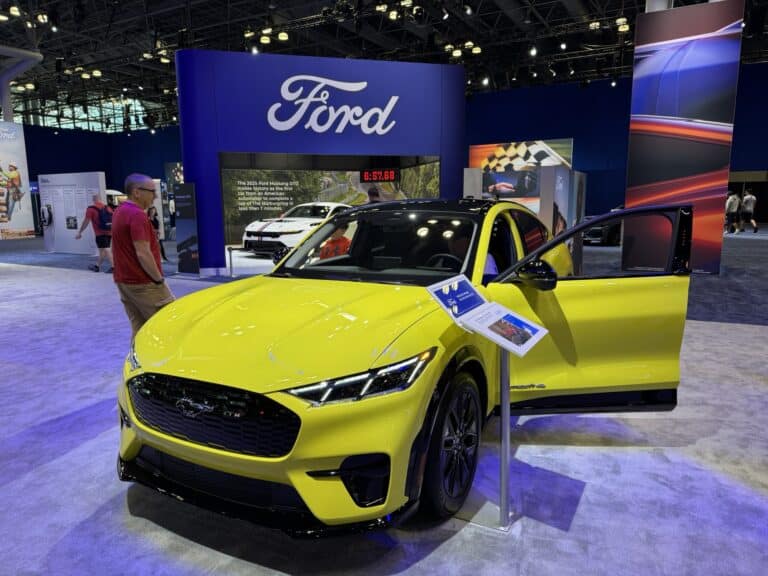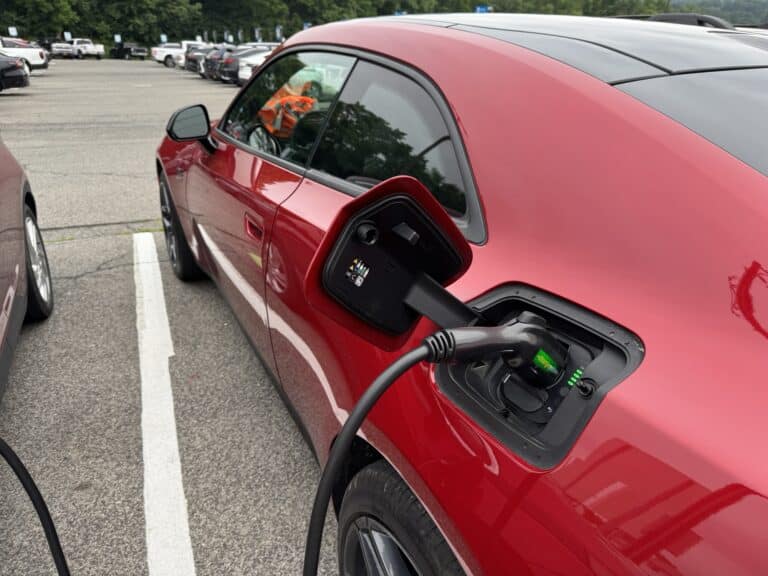A four-year federal investigation into Tesla’s front suspension failures has concluded, with recommendations for the electric vehicle maker to expand its service bulletin, ARS Technica reports. The issue, dubbed the “whompy wheel” problem by Tesla enthusiasts, has affected hundreds of Model S and Model X vehicles.
The Suspension Situation
The National Highway Traffic Safety Administration (NHTSA) identified 426 cases of front suspension failures in Tesla’s electric vehicles. These failures were primarily due to faulty fore links, with most incidents occurring at low speeds during parking maneuvers. However, eight failures happened at speeds over 40 mph (64 km/h).
“Forty-one (41) of the incidents have occurred in the last 18 months, including nine (9) of the incidents that occurred while driving and all four (4) that occurred at highway speeds,” NHTSA noted in a December 2020 letter to Tesla.
Tesla’s Response and NHTSA’s Recommendation
Tesla issued a service bulletin in 2017 to address the issue, but it only covered vehicles built between January and May 2016. This accounted for just 25% of the failures identified in the probe.
The company initially attributed the problem to “driver abuse” when communicating with U.S. regulators, according to 路透社. However, Tesla did issue a recall in China after pressure from authorities there.
NHTSA has now recommended that Tesla expand its service bulletin to include all vehicles equipped with the two problematic fore link part numbers identified in the investigation.
Safety Implications of Whompy Wheels
Despite the concerning number of failures, the investigation found only one minor crash resulting from the suspension issue. Even in cases where failures occurred at higher speeds, vehicles remained controllable.
EVXL’s Take
The “whompy wheel” saga highlights the ongoing challenges faced by electric vehicle manufacturers as they push the boundaries of automotive technology. While Tesla’s EVs have been groundbreaking in many respects, this investigation underscores the importance of rigorous quality control and proactive addressing of potential safety issues.
As the EV market continues to grow, manufacturers must prioritize not just innovation but also reliability and safety. Tesla’s experience serves as a reminder that even industry leaders must remain vigilant in monitoring and addressing potential defects in their vehicles.
The NHTSA’s recommendation for an expanded service bulletin, rather than a full recall, suggests a balanced approach to addressing the issue. It allows for targeted fixes while avoiding the more drastic step of a recall, which could potentially undermine consumer confidence in EVs at a crucial time for the industry.
了解 EVXL.co 的更多信息
订阅后即可通过电子邮件收到最新文章。

















